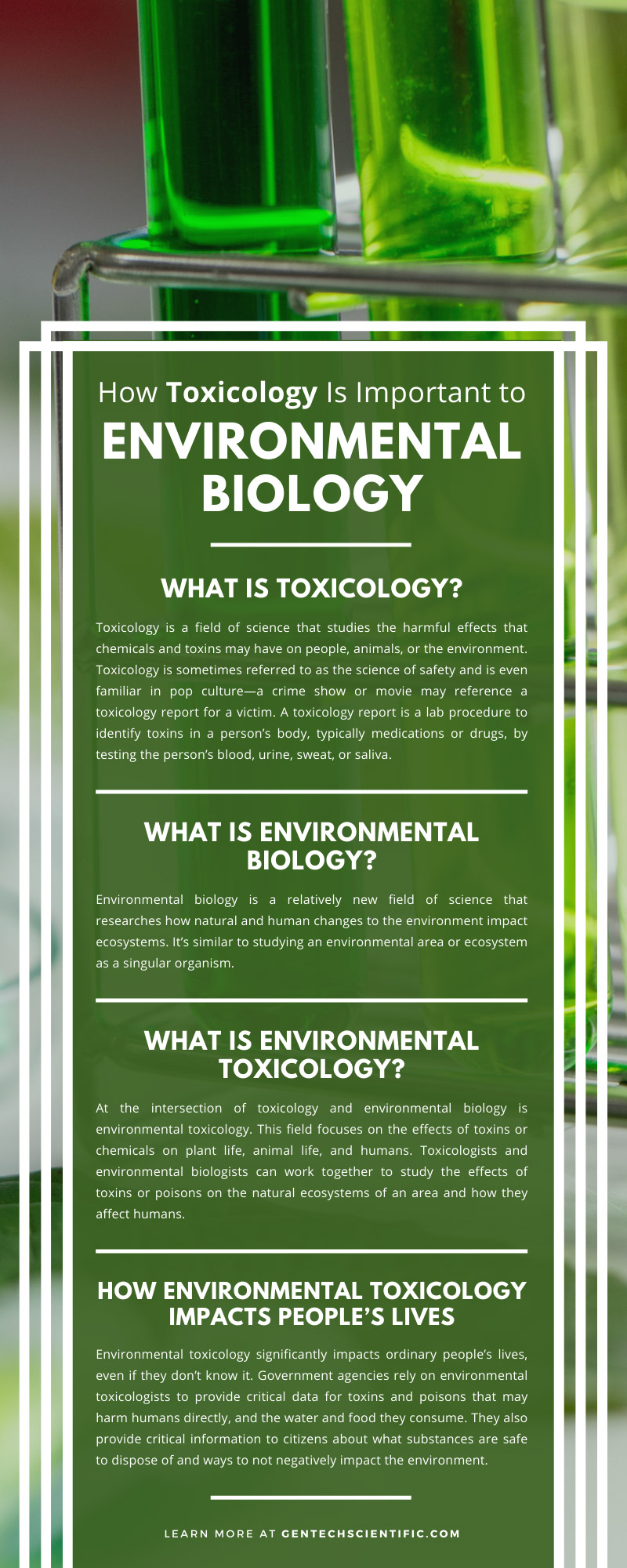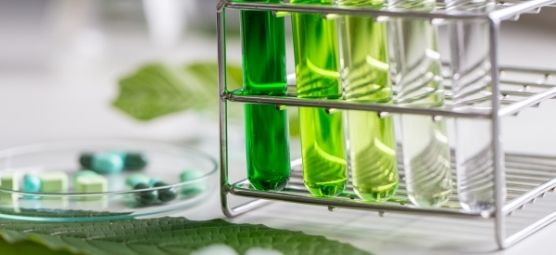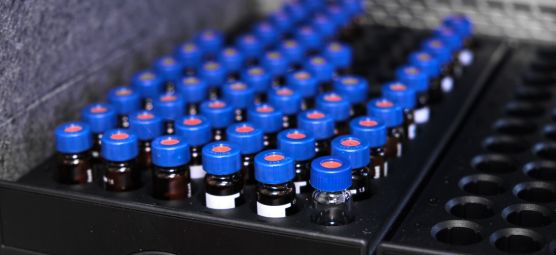Toxicology and environmental biology are inextricably linked. And the future promises that environmental toxicology will become an even more important field of scientific study. In our summary, we’ll go over the basics of toxicology, environmental biology, and ecological toxicology’s past, present, and future.
What Is Toxicology?
Before getting into how toxicology is important to environmental biology, let’s first go over what toxicology is as a science. Toxicology studies the harmful effects that chemicals and toxins may have on people, animals, or the environment.
Toxicology is even familiar in pop culture—a crime show or movie may reference a toxicology report for a victim. A toxicology report is a lab procedure to identify toxins in a person’s body, typically medications or drugs, by testing the person’s blood, urine, sweat, or saliva.
What a Toxicologist Does
To properly study toxins and their effects, a toxicologist must understand chemistry and biology. Toxicologists can work in a wide range of industries for research, typically in government regulatory agencies and the pharmaceutical industry.
Using toxicology lab equipment, a toxicologist working for a governmental regulatory agency may study a new pesticide and its effect on humans, the environment, and animals. A toxicologist may first study a new drug’s effects before it’s safe to continue with human testing.
What Is Environmental Biology?
Environmental biology is a relatively new field of science that researches how natural and human changes to the environment impact ecosystems. It’s similar to studying an environmental area or ecosystem as a singular organism.
What an Environmental Biologist Does
An environmental biologist typically researches the biology of ecosystems and the causes of ecological change. An environmental biologist may attempt to answer how the introduction of an organism affects the surrounding area or how a weather change affects the behavior of organisms within a region.
Environmental biologists perform studies for various industries, but they typically work for conservation authorities or ecological impact assessors. They’re also on the leading edge of assessing climate change risks and compiling reports about future environmental changes.
What Is Environmental Toxicology?
At the intersection of toxicology and environmental biology is environmental toxicology. This field focuses on the effects of toxins or chemicals on plant life, animal life, and humans. Toxicologists and environmental biologists can work together to study the effects of toxins or poisons on the natural ecosystems of an area and how they affect humans.
What an Environmental Toxicologist Does
An environmental toxicologist needs a thorough understanding of chemistry, toxicology, and ecological biology. They study the way toxins and other artificial, manufactured consequences like dams or pesticides affect the environment.
Environmental toxicologists typically work in government regulatory agencies and the pharmaceutical industry. They gather research and present reports to agencies so they can correctly regulate certain toxins and drugs that affect the environment with sound scientific research and authority.
Environmental toxicologists will help drug companies develop safer products for the workplace and the environment in the pharmaceutical industry. They will also study how those drugs can affect the environment when disposed of in landfills.
How Environmental Toxicology Impacts People’s Lives
Environmental toxicology significantly impacts ordinary people’s lives, even if they don’t know it. Government agencies rely on environmental toxicologists to provide critical data for toxins and poisons that may harm humans directly, and the water and food they consume.
They also provide critical information to citizens about what substances are safe to dispose of and ways to not negatively impact the environment. For example, a regular person may not know that incorrectly disposing of certain chemicals or drugs can harm their soil or even their water supply, putting themselves and the community in danger.
Environmental toxicologists and government agencies provide scientific data to help people keep their environment safe and toxin-free.
Rachel Carson’s Silent Spring
One of the first and most important examples of the impact of environmental toxicology is Rachel Carson’s report on DDT pesticides in 1962, Silent Spring. Carson studied the use of common pesticides such as DDT on the surrounding environment and animal life, despite stiff challenges and opposition from the insecticide makers.
Carson was able to show the harsh negative impacts to the environment caused by the rampant use of DDT and how it was disrupting and destroying ecosystems. The wide use of DDT negatively altered the food chain for the immediate area of its use and the surrounding areas that were nowhere near the pesticide.
As a direct result of her study, government regulatory agencies applied stricter regulations to DDT, and its use, which are still applicable today. Thanks to Carson’s research, animal and plant life improved, and the ecosystem became more vibrant, leading to a more harmonious natural environment for humans and animals.
The Future of Environmental Toxicology
In any field of science that involves the environment, climate change will play a critical role in the research. The future of environmental toxicology is likely to focus more on climate change and its effects on ecosystems and humans.
So far, most climate change research focuses on the physiological effects on humans—extreme heat exposure or injuries from severe weather like hurricanes or tornadoes. More scientific research is emerging that will show the indirect effects of climate change on humans.
Future Environmental Toxicology Areas of Research
As climate change affects environments worldwide, environmental toxicologists will continue to study how these subtle changes can lead to harmful, long-term effects on humans. For example, the polar regions are known to sequester harmful organic pollutants due to global distillation. How will the melting polar ice caps releasing these pollutants affect environments and ecosystems?
The increase in wildfires is another area of study for environmental toxicologists. How will the increased exposure to smoke in unaccustomed areas affect humans and the delicate ecosystems hundreds of miles away?
As temperatures warm, scientists predict an expansion of the geographic range of disease-carrying mosquitoes. How will the increase of mosquitoes affect humans directly and the animals we consume?
Environmental toxicologists will continue to study these and other critical questions as climate change becomes more prevalent in future.
GenTech Scientific carries a large inventory of high-quality, affordable, refurbished instruments for toxicology and environmental labs. Consult with the experts at GenTech Scientific to get the equipment you need at an affordable price.








